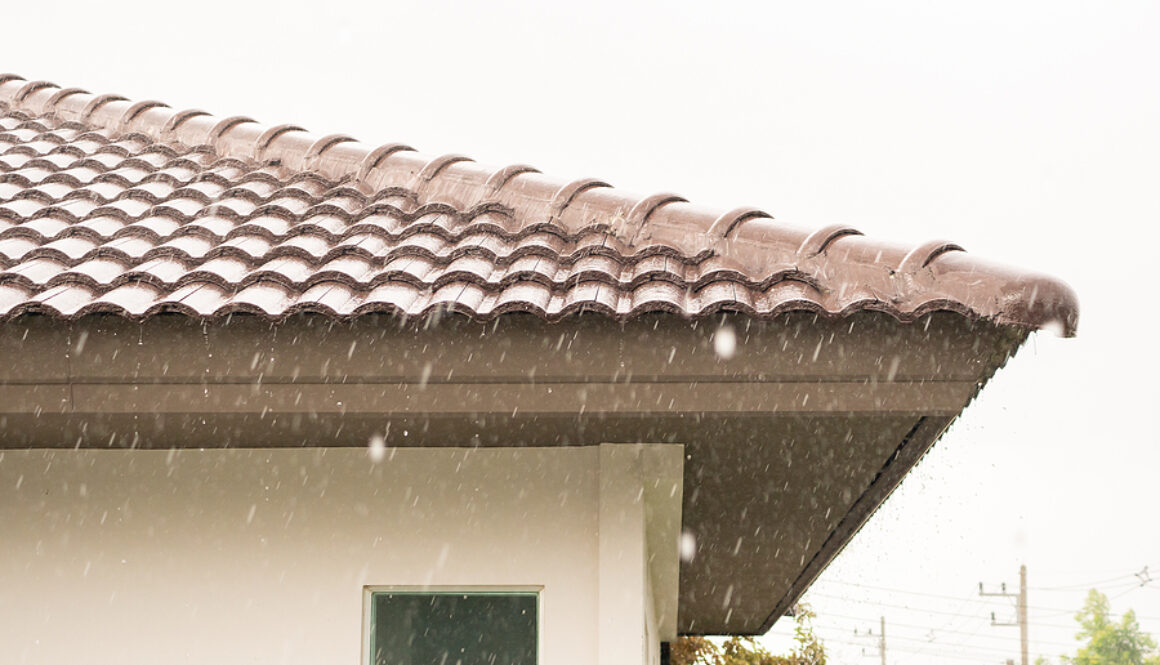How Storms Cause Water Damage To Your Home
Storms can happen at any time of the year, but during the warmer months, with rains and high winds, water damage from storms can become a major issue. In some cases, this can be a test of attentiveness in homeownership, with the damage pointing out areas of home care you can improve on. In other cases, the forces involved are so powerful and unpredictable that nothing could have prevented the damage from happening.
Here are the most common causes of residential water damage from storms that can happen to a home…
Water Leaking Into The Basement From House Walls
This is an incredibly common form of water damage that can, at best, leave water on unfinished basement floors and, at worst, ruin basement drywall, carpeting, and other items, requiring repair or even replacement. Under normal circumstances, rainwater that hits the home’s roof drains into the gutter, goes down a drain pipe, and safely enters the ground a distance away from the house.
Unfortunately, if a gutter is clogged with leaves, branches, or even a bird’s nest, that water never drains out the pipe. Instead, it overflows down the side of the house, where it penetrates the ground by the basement and can eventually soak through the concrete and into the home.
Attic Damage From The Roof
Another common cause of water damage that may sometimes go unnoticed for long periods is water entering the attic. This usually occurs either because the roof hasn’t been maintained, and so shingles have been blown or fallen off, or because storm conditions are so severe that they can blow off affixed shingles or even break the roof due to falling branches or even trees.
In many residential situations, the attics go largely unused because it is crawlspace or only for extra storage. As a result, if there is damage to the roof that is admitting water, this may go undiscovered for some time without regular inspection. It may only be found after residents notice discoloration in the ceiling from water damage and decide to investigate.
Surge Flooding
A flood is one of the most feared consequences of severe storm conditions with heavy rain. While most people fear the larger flash floods that can have water flowing down streets, another danger can come from surge flooding. Water levels don’t have to get so high that water is visible on the pavement; even lower levels of surge flooding can damage a home through the sewers.
If a home is connected to a central sewage system, as in most urban areas, the sewage line can become overwhelmed by flood waters long before the water appears at street level. This results in water flowing through the sewage line and spreading every available avenue, including the drainage lines homes normally use to eliminate wastewater. In other words, water can back up into a house through basement drains, toilets, and sinks.
Because of the nature of this type of water, it may be hazardous to touch or consume, as it may be full of contaminants. Do not interact with this water; instead, leave it to restoration professionals to clean up flood waters.

